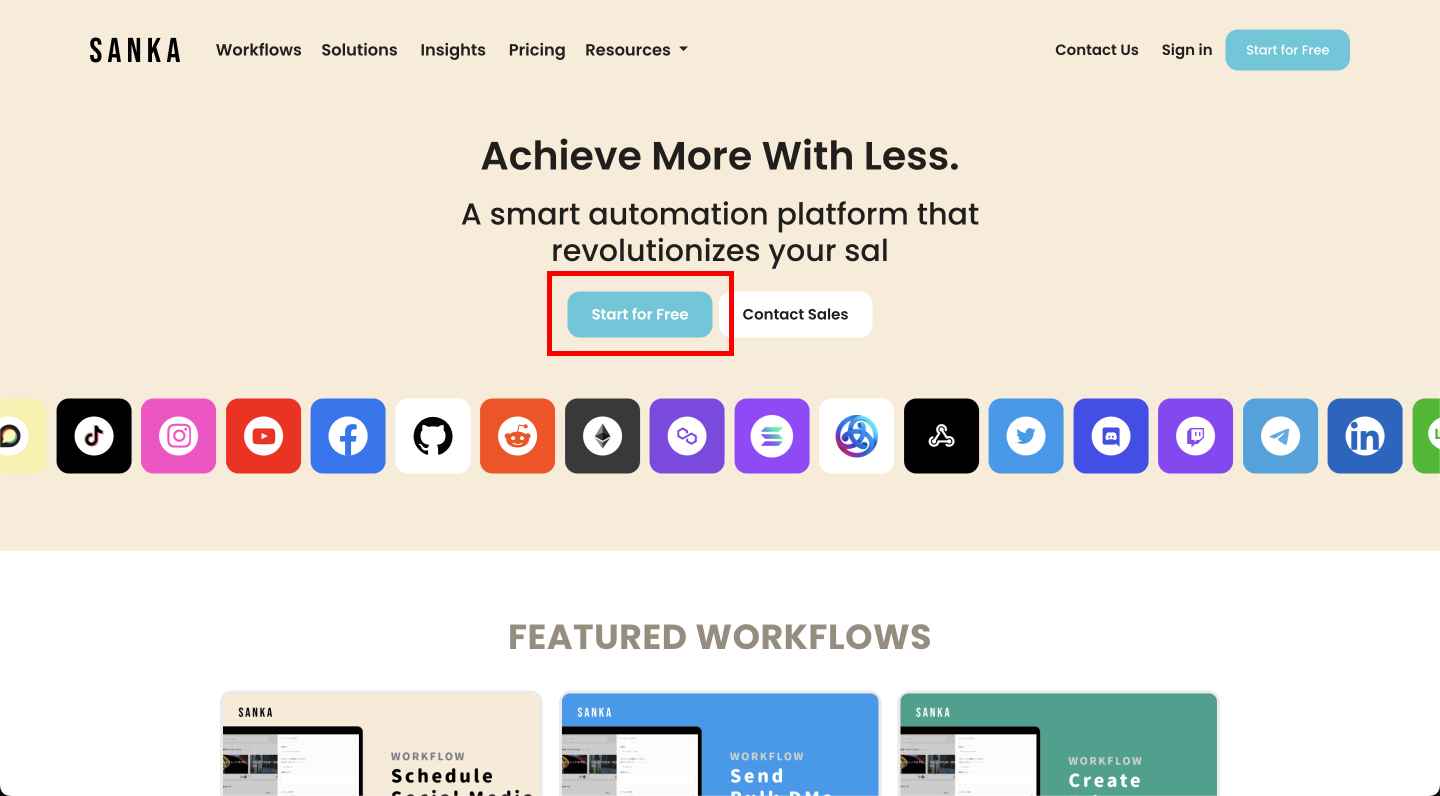Introduction
Building a strong brand community is essential for businesses looking to establish a loyal customer base and foster meaningful connections with their audience.
A brand community goes beyond traditional marketing strategies, focusing on creating a space where customers feel a sense of belonging, engagement, and shared values.
Today, businesses now have powerful resources at their disposal to facilitate the creation and growth of these communities. We at Sanka have you covered with the ultimate guide to building a brand community.
Understanding the Power of Brand Communities
Before delving into the use of third-party tools, it's important to understand why brand communities are so valuable.
A brand community is a group of individuals who share an emotional connection and affinity for a particular brand. These communities provide a platform for customers to interact with each other, share experiences, offer advice, and provide feedback.
The sense of belonging that comes with being part of a brand community encourages customer loyalty, repeat business, and advocacy. Moreover, brand communities can serve as valuable sources of insights and ideas for businesses, aiding in product development, customer service improvement, and marketing strategies.
Selecting the Right Third-Party Tools
The first step in building a brand community using third-party tools is selecting the right platforms to facilitate the process. Numerous tools and platforms are available, each with unique features tailored to different aspects of community building.
Sanka

There are plenty of meaningful tools to help you on your journey of growing your brand community, but Sanka combines all the best aspects of the other tools while providing you with automation that you can’t find on any other platform!
With Sanka you can automate anything even the creation of your brand community with:
-
Social media posts on platforms such as Twitter, Discord, LinkedIn etc…
-
Content Marketing
-
Community management
And many other features! Perhaps the biggest thing that differentiates Sanka from other platforms is Sanka’s ability to not only automate posts but also track and quantify engagement allowing you to gain an understanding of how the content or product you produce is viewed by your community.
Social Media Platforms
Platforms like Facebook Groups, LinkedIn Groups, and Reddit offer spaces where users can discuss, share, and engage with content related to your brand. These platforms allow you to create dedicated groups for your brand community, where members can interact and build connections.
Community Management Software
Tools like Discourse, Vanilla Forums, and Invision Community provide comprehensive community management solutions. These platforms offer features such as discussion boards, member profiles, event scheduling, and integration with other systems.
Online Events and Webinars

Platforms like Zoom, Webex, and GoToWebinar enable you to host virtual events, webinars, and workshops for your brand community. These events facilitate real-time interaction, knowledge sharing, and networking.
Customer Feedback and Survey Tools
Tools like SurveyMonkey and Typeform allow you to gather feedback and insights from your community members. This information can be invaluable for refining your products and services.
Email Marketing Platform
Utilize platforms like Mailchimp, Sanka, or SendinBlue to keep your community members informed about updates, promotions, and upcoming events. Email marketing helps maintain consistent communication and engagement.
Steps to Build a Brand Community

Once you've chosen the appropriate third-party tools, it's time to initiate the process of building your brand community. Here's a step-by-step guide to help you get started:
Define Your Community's Purpose and Values
Before inviting members, clearly define the purpose and values of your brand community. What will members gain from being part of the community? What values will the community uphold? Establishing a clear mission will attract like-minded individuals.
Create a Compelling Profile
Set up a dedicated profile for your brand community on the chosen platforms.
Use a captivating description, high-quality visuals, and a consistent brand voice to make your community appealing to potential members.
Invite and Engage Early Members

Invite a select group of individuals who are already engaged with your brand to join the community. Their initial participation will set the tone for engagement and encourage others to join. Create engaging content and initiate discussions to keep members active.
Foster Meaningful Interaction
Encourage members to share their experiences, ask questions, and provide insights.
Use polls, quizzes, and discussion prompts to spark interaction. Respond promptly to member inquiries and feedback to show that their input is valued.
Organize and Promote Events
Host virtual events, webinars, and workshops related to your industry or niche. These events provide opportunities for members to connect, learn, and engage.
Use third-party event platforms to manage registrations and communication.
Recognize and Reward Active Members

Show appreciation for members who contribute regularly to the community. Recognize their achievements, highlight their success stories, and offer exclusive rewards or incentives.
This fosters a sense of belonging and encourages ongoing engagement.
Gather and Implement Feedback
Regularly collect feedback from community members to identify areas for improvement. Use customer feedback tools to create surveys and polls that help shape the direction of the community, products, and services.
Leverage Data and Analytics
Utilize analytics provided by third-party tools to track community engagement, member activity, and the effectiveness of your strategies.
Adjust your approach based on the insights gained to optimize community growth.
Benefits of Utilizing Third-Party Tools for Brand Communities

Leveraging third-party tools for building brand communities offers several advantages:
Efficiency and Ease of Use
Third-party tools are designed to streamline the community-building process. They offer user-friendly interfaces, pre-built templates, and integration options that simplify setup and management.
Diverse Features
Different tools offer a variety of features, allowing you to customize your brand community's functionality.
From discussion boards to event hosting, you can tailor the community experience to suit your brand's unique needs.
Scalability

As your brand community grows, third-party tools can accommodate increased member activity and engagement. These platforms often offer scalable solutions that adapt to your community's size.
Professional Appearance
Third-party tools enable you to create a professional and polished brand community profile. Consistent branding and high-quality visuals enhance the community's appeal and legitimacy.
Data-Driven Insights
The data and analytics provided by third-party tools offer valuable insights into member behavior, preferences, and engagement patterns.
This information guides your community-building strategies and decision-making.
Conclusion
Building a brand community is a powerful way to connect with your audience, drive loyalty, and gain insights into your customer base.
Third-party tools and platforms offer efficient and effective solutions for creating, managing, and growing these communities.
By following the steps outlined in this article and harnessing the benefits of third-party tools, businesses can cultivate thriving brand communities that contribute to long-term success and meaningful customer relationships.








